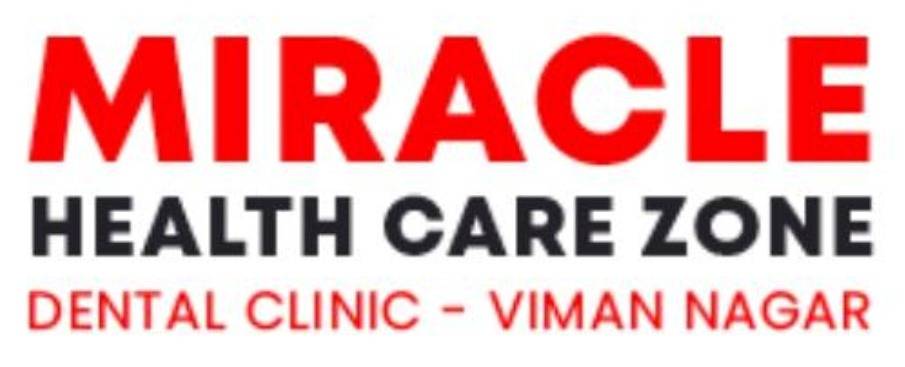Dental Bridges are used to replace missing teeth. They can replace one tooth or even a row of missing teeth aimed at Restoring chewing function, Enhancing your appearance, and Improving oral health. As the name implies, this appliance “bridges the gaps” in your smile. It consists of Crowns (that fit over your adjacent natural teeth) and Artificial Teeth (that fill in the gaps in your smile).
A Dental Bridge consists of two parts that make up the unit, namely:
- Abutments – These are structures that provide support to your dental bridge. Generally, natural teeth act as abutments, but in some cases, they also refer to tiny connector posts used in dental implant-supported bridges.
- Pontics – These are artificial or false teeth fitted into the gap left behind by missing teeth.
The number of Abutments and Pontics in a bridge is variable and dependent upon the individual’s personalized treatment needs.
Explanation:
-
Purpose DENTAL BRIDGES:
- Dental bridges are used to replace missing teeth and restore essential functions like chewing, speaking, and maintaining a natural smile.
- They also help improve oral health by preventing the shifting of adjacent teeth and maintaining the structural integrity of the mouth.
- Components:
- Abutments:
- These are the support structures of the bridge.
- Natural teeth adjacent to the gap typically serve as abutments, providing stability.
- In some cases, dental implants may act as abutments.
- Pontics:
- These are the artificial teeth that fill the gap left by the missing teeth.
- They are custom-made to fit and match the patient’s natural teeth.
- Abutments:
- Customization:
- The number and design of abutments and pontics vary based on the specific needs and dental structure of the patient.
- Treatment plans are tailored to ensure functionality, comfort, and aesthetics.


